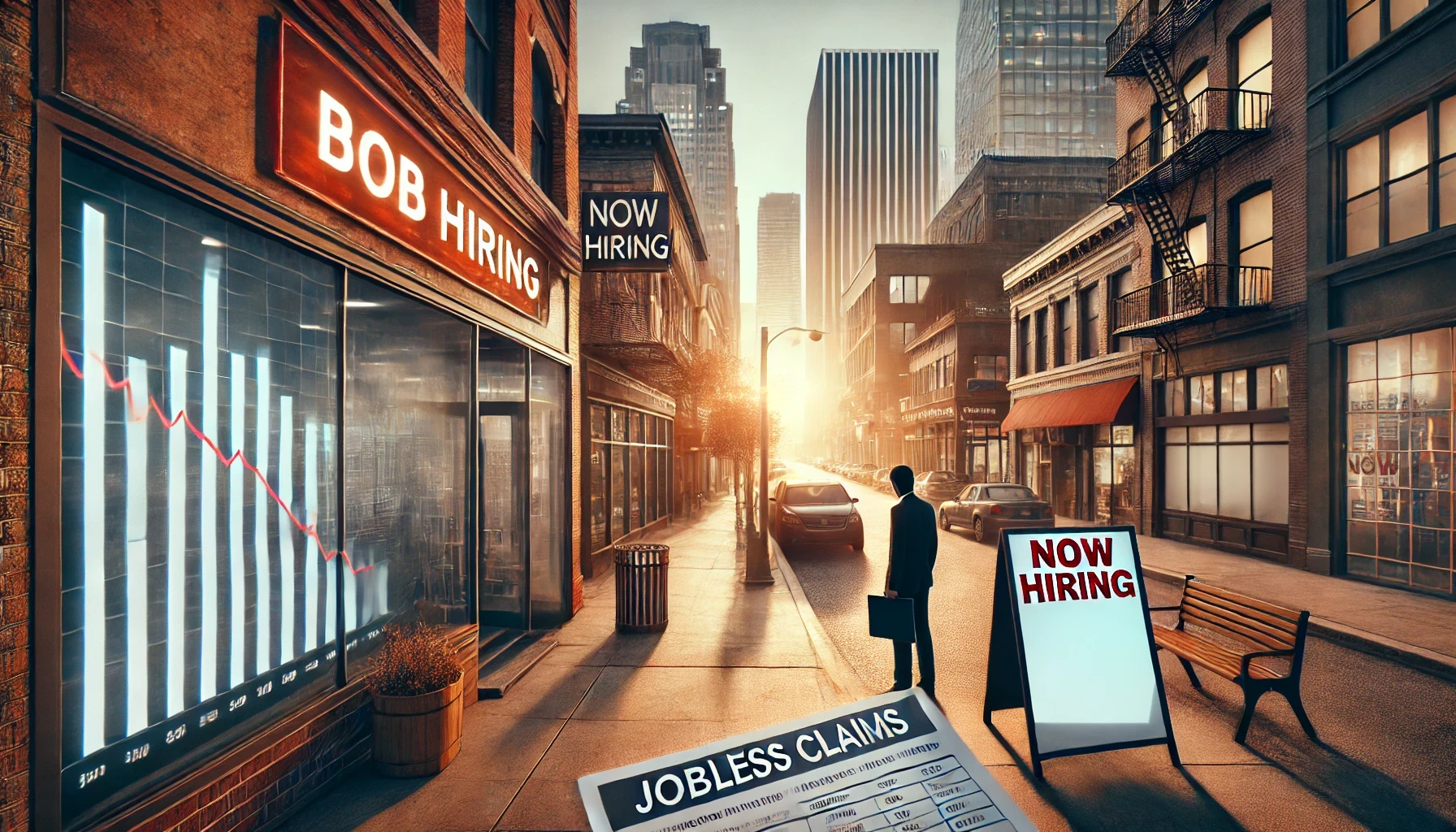U.S. Jobless Claims Rise: What It Means for the Economy and Workers

A Surprising Uptick in Unemployment Filings
Summary: The U.S. labor market saw a higher-than-expected increase in jobless claims last week, raising concerns about a potential slowdown in economic growth. Initial unemployment claims rose to 219,000, surpassing economists’ predictions and marking an increase of 11,000 from the previous week. While layoffs remain relatively low, economic uncertainties, interest rates, and corporate restructuring could influence future employment trends.
Breaking Down the Latest Job Market Data
- Initial jobless claims: 219,000 (up 11,000 from last week)
- Four-week moving average: 216,750 (showing a gradual increase)
- December 2024 job growth: 256,000 new positions added
- Current unemployment rate: 4.1%
- January 2025 job growth estimate: 170,000 expected new jobs
Despite continued job creation, the decline from 256,000 in December to an estimated 170,000 in January suggests a moderation in hiring activity.
Why Are Jobless Claims Increasing?
1. Corporate Layoffs and Restructuring
- Tech sector: Companies like Microsoft and Meta have implemented layoffs amid AI and automation pivots.
- Energy industry: BP recently announced 4,700 job cuts due to restructuring.
- Retail sector: Workforce reductions reflect shifting consumer spending habits.
2. Federal Reserve’s Interest Rate Policy
- Higher interest rates have slowed business expansion and made borrowing more expensive.
- Companies are pausing hiring or reducing staff to maintain profitability.
3. Seasonal Adjustments and Temporary Factors
- Post-holiday job reductions are common in retail, logistics, and hospitality sectors.
- Weather-related business disruptions have also contributed to increased claims.
How Does This Compare to Previous Trends?
- Jobless claims remain below pre-pandemic levels (225,000–250,000 per week in a stable economy).
- Unemployment rate remains historically low at 4.1%.
- Wage growth is stable, with employers competing for skilled workers.
- Job creation is slowing, and companies are signaling hiring freezes and selective recruitment.
What to Expect in the Coming Months
1. January Jobs Report Will Be Crucial
- If job growth falls below 170,000, it could indicate a weakening labor market.
- Stronger-than-expected hiring could signal continued labor market resilience.
2. Federal Reserve Policy Decisions
- Prolonged high interest rates could lead to more job cuts and reduced hiring.
- If inflation slows, the Fed may ease its stance, stabilizing the job market.
3. Corporate Earnings and Business Confidence
- Quarterly earnings reports will indicate whether companies plan to expand or cut jobs.
- A positive outlook could restore hiring momentum, while weak projections may lead to more layoffs.
Impact on Workers and Job Seekers
- Job seekers may face increased competition in sectors experiencing hiring slowdowns.
- Upskilling in AI, cybersecurity, and logistics can improve job prospects.
- Networking and industry connections are becoming more important in a selective job market.
- Workers should focus on job security by demonstrating value and exploring alternative career paths.
Conclusion: A Mild Warning Sign, Not a Crisis
The rise in U.S. jobless claims to 219,000 signals a moderate shift in labor market conditions. While layoffs and hiring slowdowns are emerging, the overall job market remains resilient, with a 4.1% unemployment rate and continued job creation.
However, factors such as interest rate policies, corporate earnings, and economic growth will shape the labor market’s trajectory. Workers, businesses, and policymakers should remain cautious and adaptable in the evolving economic landscape.
